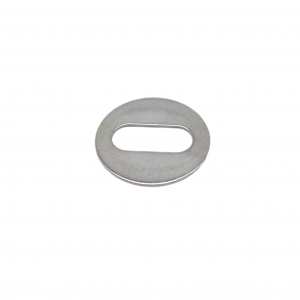Carbon steel DIN6923 hexagon flange toothed flat disc nut
Description
| Product Type | customized product | |||||||||||
| One-Stop Service | Mold development and design-submit samples-batch production-inspection-surface treatment-packaging-delivery. | |||||||||||
| Process | stamping,bending,deep drawing,sheet metal fabrication,welding,laser cutting etc. | |||||||||||
| Materials | carbon steel,stainless steel,aluminum,copper,galvanized steel etc. | |||||||||||
| Dimensions | according to customer's drawings or samples. | |||||||||||
| Finish | Spray painting, electroplating, hot-dip galvanizing, powder coating, electrophoresis, anodizing, blackening, etc. | |||||||||||
| Application Area | Elevator accessories, engineering machinery accessories, construction engineering accessories, auto accessories, environmental protection machinery accessories, ship accessories, aviation accessories, pipe fittings, hardware tool accessories, toy accessories, electronic accessories, etc. | |||||||||||
Advantages
1. More than 10 years of overseas trade expertise.
2. Provide one-stop service from mold design to product delivery.
3. Fast delivery time, about 25-40 days.
4. Strict quality management and process control (ISO 9001 certified manufacturer and factory).
5. Factory direct supply, more competitive price.
6. Professional, our factory serves the sheet metal processing industry and uses laser cutting technology for more than 10 years.
Quality management
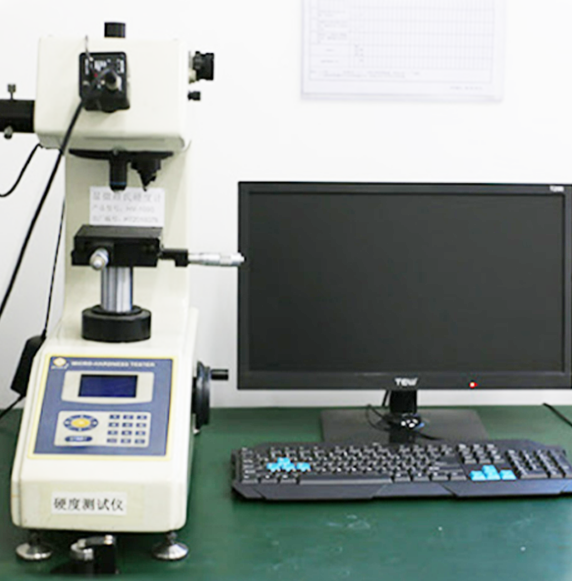
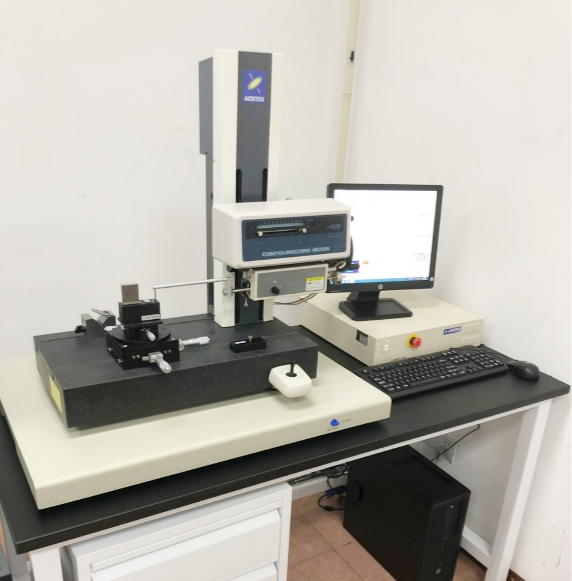
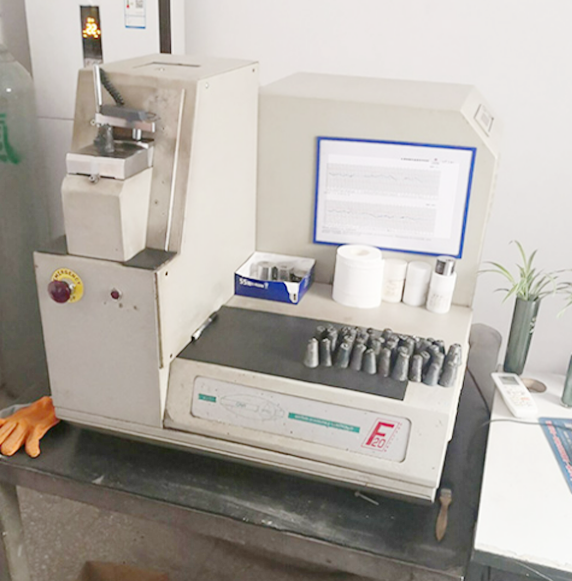
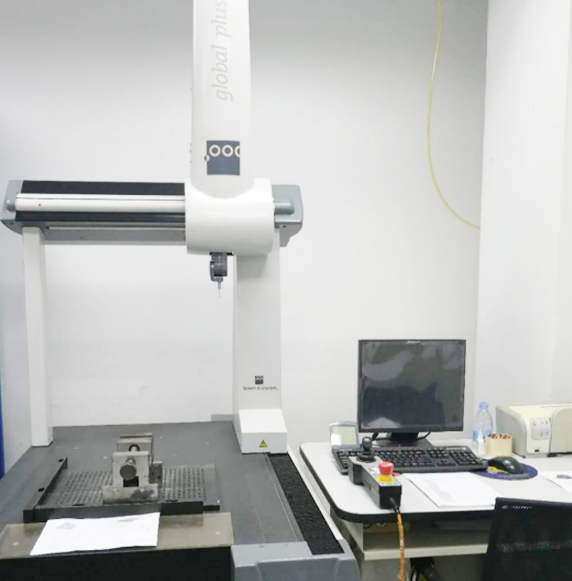
Vickers hardness instrument.
Profile measuring instrument.
Spectrograph instrument.
Three coordinate instrument.
Shipment Picture




Production Process
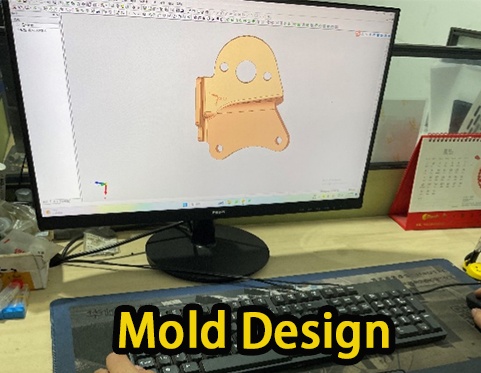
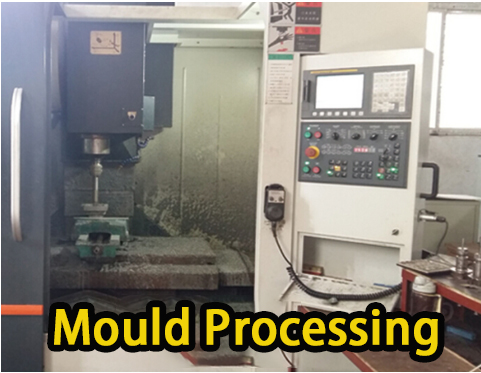
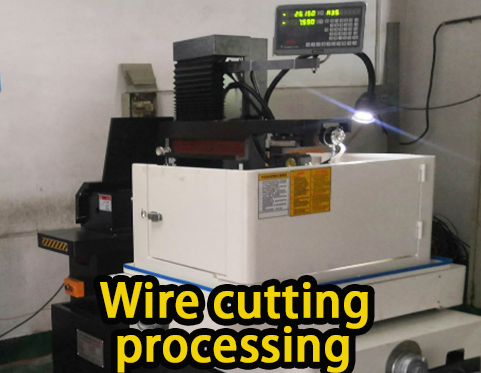
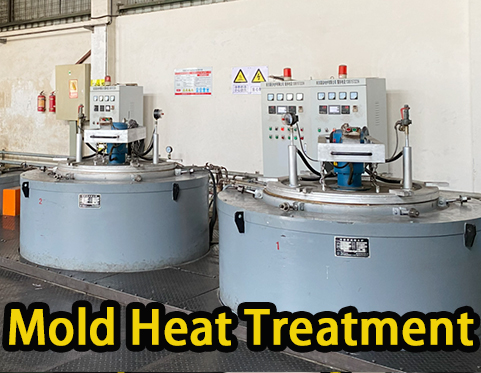
01. Mold design
02. Mould Processing
03. Wire cutting processing
04. Mold heat treatment
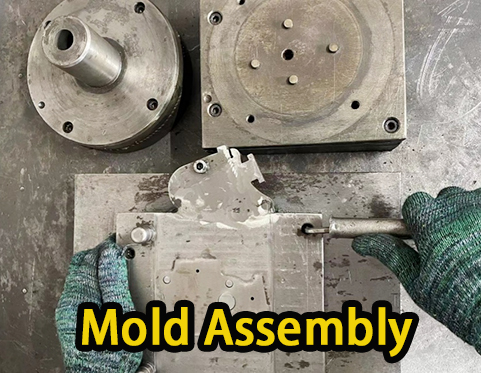
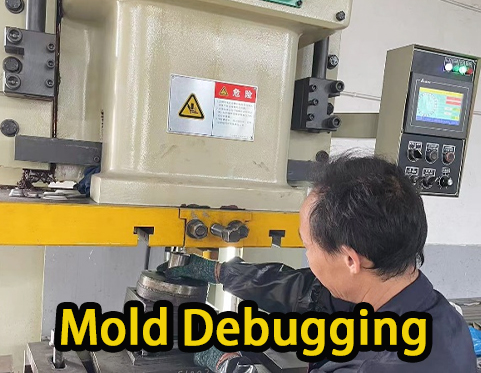
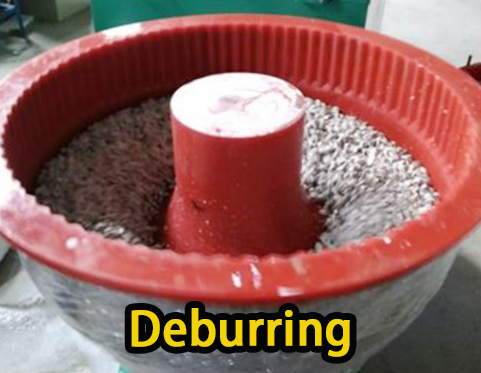
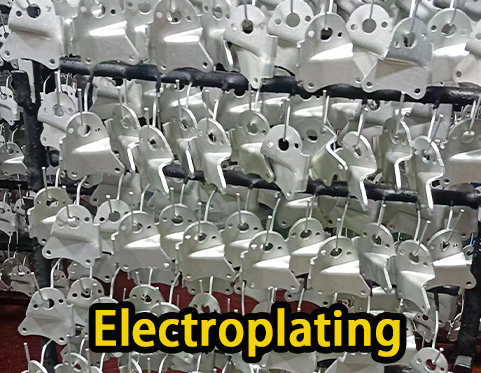
05. Mold assembly
06. Mold debugging
07. Deburring
08. electroplating

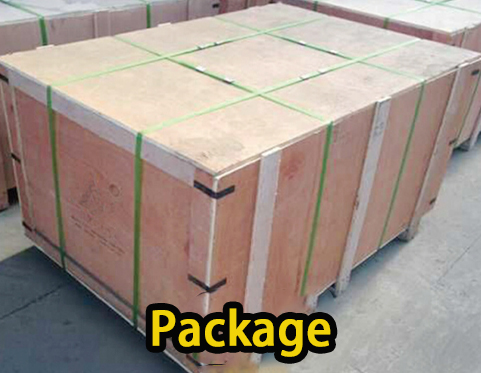
09. Product Testing
10. Package
What is hot-dip galvanizing?
Hot-dip galvanizing is a common process of covering the metal surface with a zinc layer, the main purpose of which is to prevent metal oxidation and corrosion.
Hot-dip galvanizing is to immerse the metal workpiece in molten zinc liquid to form a protective layer. The specific process is as follows:
Pretreatment:
Degreasing: Remove impurities such as oil, dust, etc. on the metal surface, generally using alkaline solution for cleaning.
Pickling: Use dilute hydrochloric acid or sulfuric acid to remove oxide scale and rust on the metal surface to ensure a clean surface.
Water washing: Remove the acidic substances remaining during the pickling process to avoid affecting subsequent processes.
Plating aid treatment: Immerse the workpiece in a plating aid (such as zinc chloride solution) to form a thin protective film to prevent the metal surface from oxidizing again before galvanizing and improve the adhesion of zinc.
Hot-dip galvanizing:
Immerse the pretreated workpiece in a molten zinc solution at about 450°C to react zinc with the metal matrix to form a zinc-iron alloy layer and a pure zinc layer.
Cooling:
Take the workpiece out of the zinc liquid, and cool it with air or water to make the zinc layer solidify quickly and form a uniform protective layer.
Post-treatment:
Sometimes passivation treatment is required to prevent white rust on the surface of the galvanized layer.
Finish the surface of the workpiece, such as removing excess zinc nodules, burrs, etc.
Quality inspection:
Check the thickness, adhesion, appearance, etc. of the galvanized layer to ensure that the galvanizing quality of the workpiece meets the standard.
Characteristics of hot-dip galvanizing: the zinc layer is thicker and has strong corrosion resistance, which is suitable for long-term outdoor use, but the surface is rougher and the appearance is slightly worse.
Products treated with hot-dip galvanizing are widely used in accessories such as construction, transportation, electricity, energy industry, machinery and heavy equipment, water treatment and environmental facilities, automobile manufacturing, agriculture and ranch, etc. For example, in elevator shafts: elevator rails, rail brackets, cable brackets and brackets, Guide rail connecting plate,shaft steel structures, guardrails and safety devices, exhaust and lighting equipment brackets, fasteners (bolts, nuts) also need hot-dip galvanizing.
FAQ
1.Q: What is the payment method?
A: We accept TT (bank transfer), L/C.
(1. The total amount is less than 3000 USD, 100% prepaid.)
(2. The total amount is more than 3000 USD, 30% prepaid before production, 70% paid before shipment.)
2.Q: Where is your factory?
A: Our factory is located in Ningbo, Zhejiang, China.
3.Q: Do you provide free samples?
A: Usually we don't provide free samples. There is a sample fee, which can be refunded after placing an order.
4.Q: What methods do you usually ship by?
A: Sea, air, express.
We cooperate with international express companies such as DHL, UPS, FedEx, etc.
5.Q: I don't have drawings or pictures of customized products, can you design it?
A: Yes, we can make the most suitable design according to your needs.


